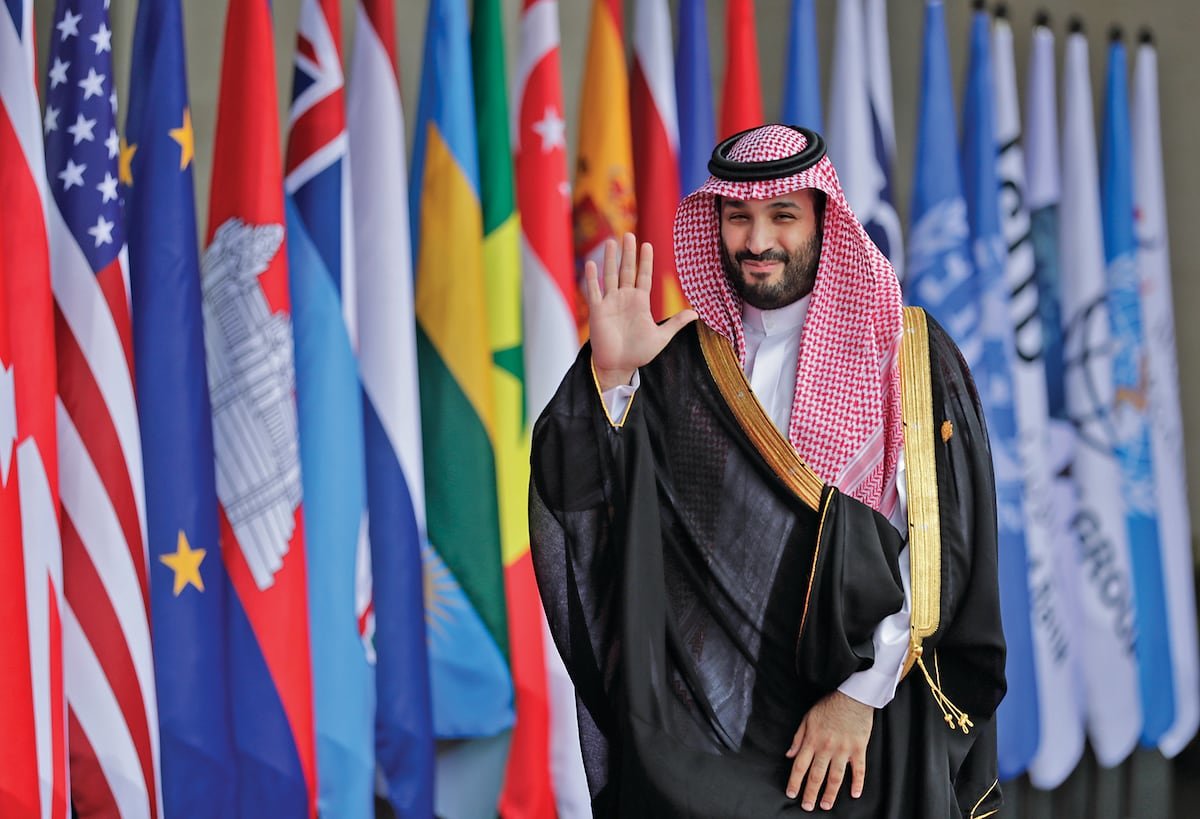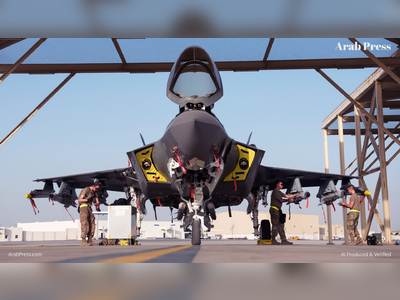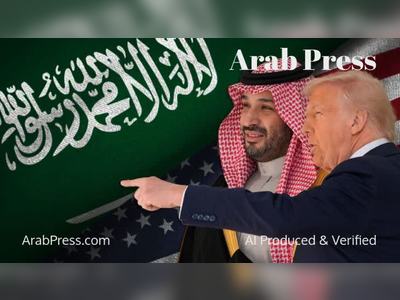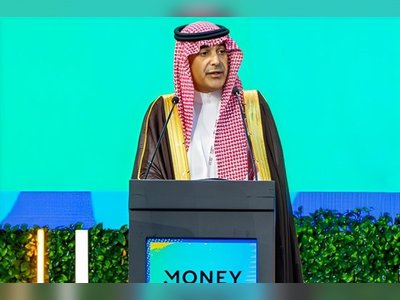
Why President Donald Trump Is Intensifying His Saudi Arabia Engagement
Strategic energy, defence and investment goals underpin a deeper US-Saudi alignment
President Donald Trump’s elevated welcoming of Saudi Arabia’s Crown Prince Mohammed bin Salman marks more than ceremony—it reflects a purposeful realignment of U.S. foreign-policy priorities towards Riyadh.
The United States has designated Saudi Arabia a “major non-NATO ally,” streamlined weapons transfers, and pressed for massive Saudi investment in the U.S., underlining the kingdom’s central role in Washington’s strategic calculus.
At the core of the pivot are three converging drivers: energy security, defence and technology.
The Trump administration views Saudi Arabia as an indispensable partner in maintaining global energy flows and thwarting strategic advances by Iran and China.
Parallel to that, Washington is seeking to lock in Saudi participation in U.S. defence and advanced-technology ecosystems—including artificial intelligence and semiconductors—thereby anchoring Riyadh to U.S. industrial and strategic ambitions.
On the energy front, Trump has demanded Saudi Arabia boost oil output and support lower global oil prices, framing the move as both an economic advantage for American consumers and a geopolitical lever against adversaries.
Saudis, meanwhile, are under pressure to broaden their financial ties to the United States—pledging up to one trillion dollars in future investment—while still safeguarding their own fiscal stability amid budget shortfalls and domestic mega-projects.
In the defence arena, the designation of Saudi Arabia as a major ally signals deeper U.S. military cooperation and access, including storage of U.S. weapons on Saudi soil.
Simultaneously, the kingdom expects to receive cutting-edge equipment and partnership in next-generation technology, as Beijing’s influence in the Gulf region grows.
For Trump, securing Saudi alignment offers a way to limit Chinese and Iranian inroads in the Middle East and to reposition the United States at the centre of regional order.
The transactional nature of this alignment is clear: Saudi Arabia gains U.S. strategic assurance, advanced military access and massive investment opportunities.
The United States receives energy leverage, defence-industrial benefits and a key partner in the Gulf.
Critics point to human-rights concerns, but the Trump administration appears to have deprioritised them, treating the kingdom primarily as a geopolitical asset.
This reset carries implications for other U.S. allies, notably Israel, which for decades has been regarded as Washington’s foremost partner in the Middle East.
The elevated U.S.–Saudi relationship may prompt Israeli recalibration in its strategic assumptions.
For now, the alliance between the United States and Saudi Arabia is being recalibrated on Washington’s terms: heavy on energy, arms and investment, light on moral constraints.
The real reason the United States is embracing the Saudi ruler so vigorously is therefore strategic: to bolster U.S. power in the region, to embed the kingdom in American-led tech and defence ecosystems, and to secure favourable energy outcomes—all through a relationship that underscores President Trump’s transactional, deal-driven style of diplomacy.
The United States has designated Saudi Arabia a “major non-NATO ally,” streamlined weapons transfers, and pressed for massive Saudi investment in the U.S., underlining the kingdom’s central role in Washington’s strategic calculus.
At the core of the pivot are three converging drivers: energy security, defence and technology.
The Trump administration views Saudi Arabia as an indispensable partner in maintaining global energy flows and thwarting strategic advances by Iran and China.
Parallel to that, Washington is seeking to lock in Saudi participation in U.S. defence and advanced-technology ecosystems—including artificial intelligence and semiconductors—thereby anchoring Riyadh to U.S. industrial and strategic ambitions.
On the energy front, Trump has demanded Saudi Arabia boost oil output and support lower global oil prices, framing the move as both an economic advantage for American consumers and a geopolitical lever against adversaries.
Saudis, meanwhile, are under pressure to broaden their financial ties to the United States—pledging up to one trillion dollars in future investment—while still safeguarding their own fiscal stability amid budget shortfalls and domestic mega-projects.
In the defence arena, the designation of Saudi Arabia as a major ally signals deeper U.S. military cooperation and access, including storage of U.S. weapons on Saudi soil.
Simultaneously, the kingdom expects to receive cutting-edge equipment and partnership in next-generation technology, as Beijing’s influence in the Gulf region grows.
For Trump, securing Saudi alignment offers a way to limit Chinese and Iranian inroads in the Middle East and to reposition the United States at the centre of regional order.
The transactional nature of this alignment is clear: Saudi Arabia gains U.S. strategic assurance, advanced military access and massive investment opportunities.
The United States receives energy leverage, defence-industrial benefits and a key partner in the Gulf.
Critics point to human-rights concerns, but the Trump administration appears to have deprioritised them, treating the kingdom primarily as a geopolitical asset.
This reset carries implications for other U.S. allies, notably Israel, which for decades has been regarded as Washington’s foremost partner in the Middle East.
The elevated U.S.–Saudi relationship may prompt Israeli recalibration in its strategic assumptions.
For now, the alliance between the United States and Saudi Arabia is being recalibrated on Washington’s terms: heavy on energy, arms and investment, light on moral constraints.
The real reason the United States is embracing the Saudi ruler so vigorously is therefore strategic: to bolster U.S. power in the region, to embed the kingdom in American-led tech and defence ecosystems, and to secure favourable energy outcomes—all through a relationship that underscores President Trump’s transactional, deal-driven style of diplomacy.







